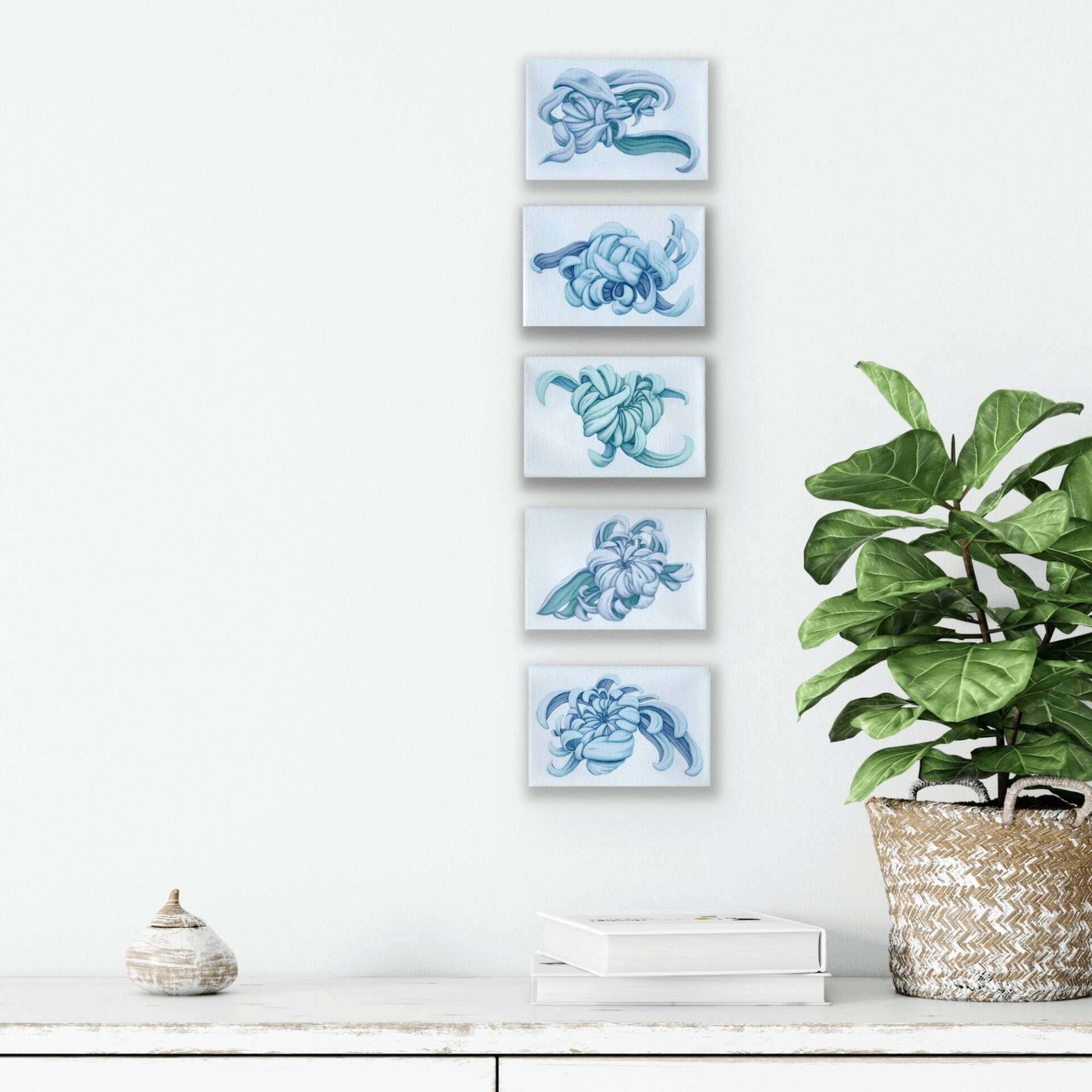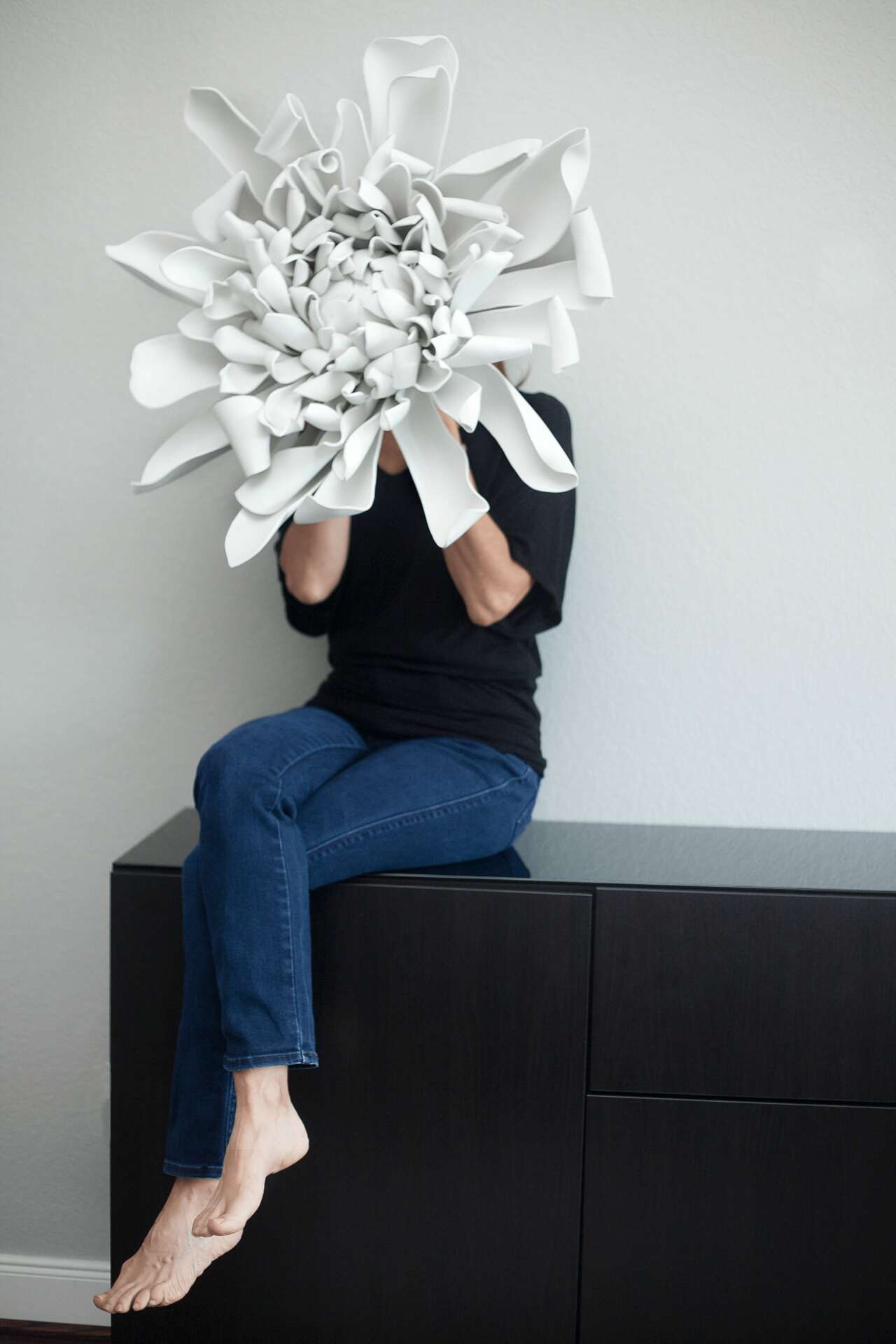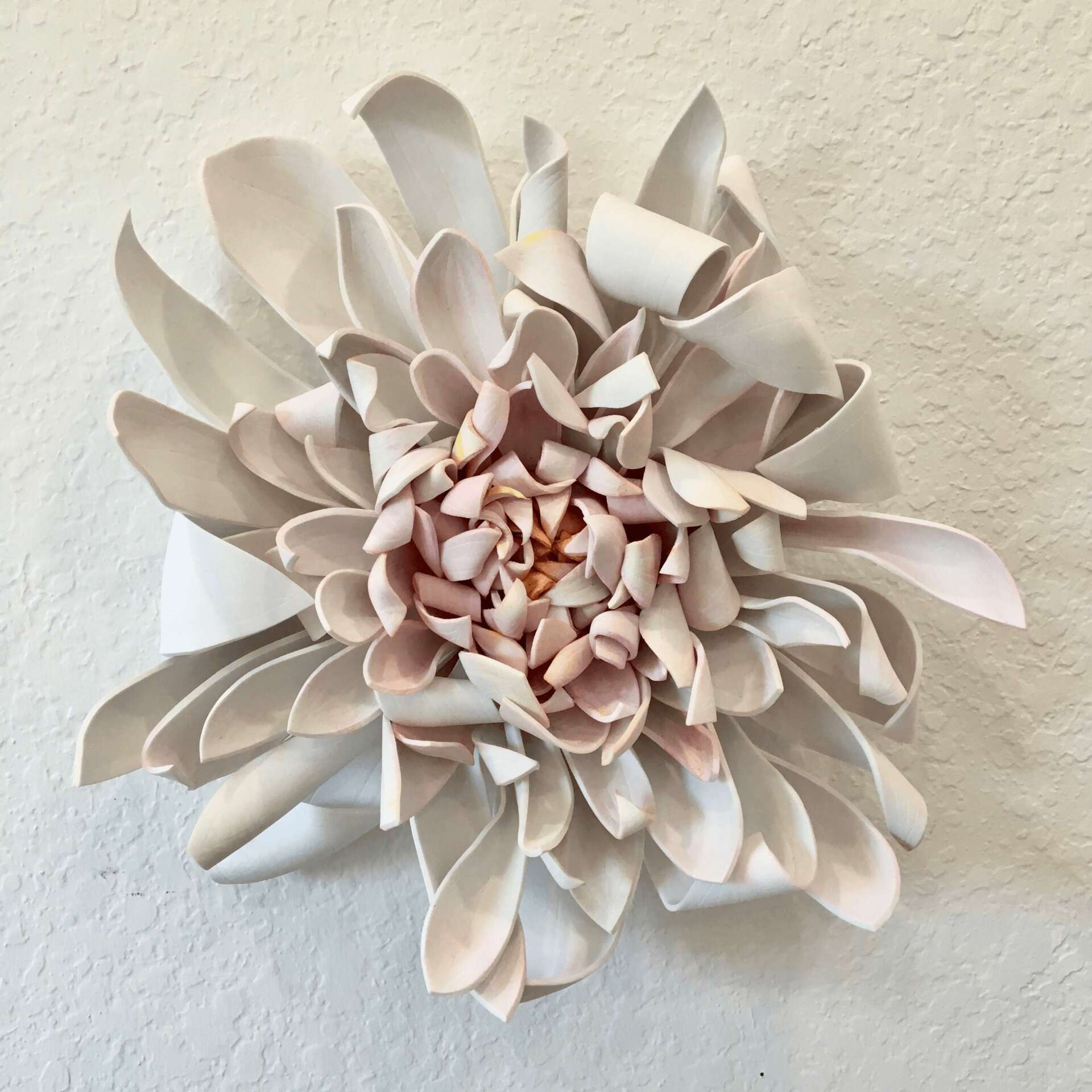We were lucky to catch up with Nicci Sevier-Vuyk recently and have shared our conversation below.
Nicci, thanks for joining us, excited to have you contributing your stories and insights. What’s been the most meaningful project you’ve worked on?
The most meaningful project I’ve worked on is my “The Beauty of Imperfection” series. This collection features paintings and sculptures of chrysanthemum blooms, which I refer to as floral portraits. Each bloom is as unique as a human portrait, showcasing beauty in its individuality.
I’ve always admired the complex form of incurve chrysanthemums and decided to grow them in my garden to have them as cut flowers in my home. However, I quickly discovered that I wasn’t particularly skilled at growing them. My flowers often turned out asymmetrical, irregular, and oddly colored. As I gathered these imperfect blooms, I began to see the unique beauty in them—a beauty that exists outside the traditional boundaries of symmetry and uniformity. These wild and unruly flowers might not win any awards at the local chrysanthemum society, but they possessed an exquisite beauty all their own.
Inspired by this newfound appreciation, I started experimenting with the forms of these unconventional blooms in my paintings and later in sculptures. By combining the distinctive shapes of these imperfect flowers with playful colors and my minimalist style, I aimed to evoke an iconic feeling that encourages viewers to explore the beauty that lies beyond conventional standards and to challenge traditional definitions of appearance and beauty.
This project is very meaningful to me as I have often struggled with the concepts of beauty, desirability, and appearance that our society sets forth as truths. I want to be free to see past the confines of these standards and discover the true meaning of life for myself. I love that this series might help others do the same.
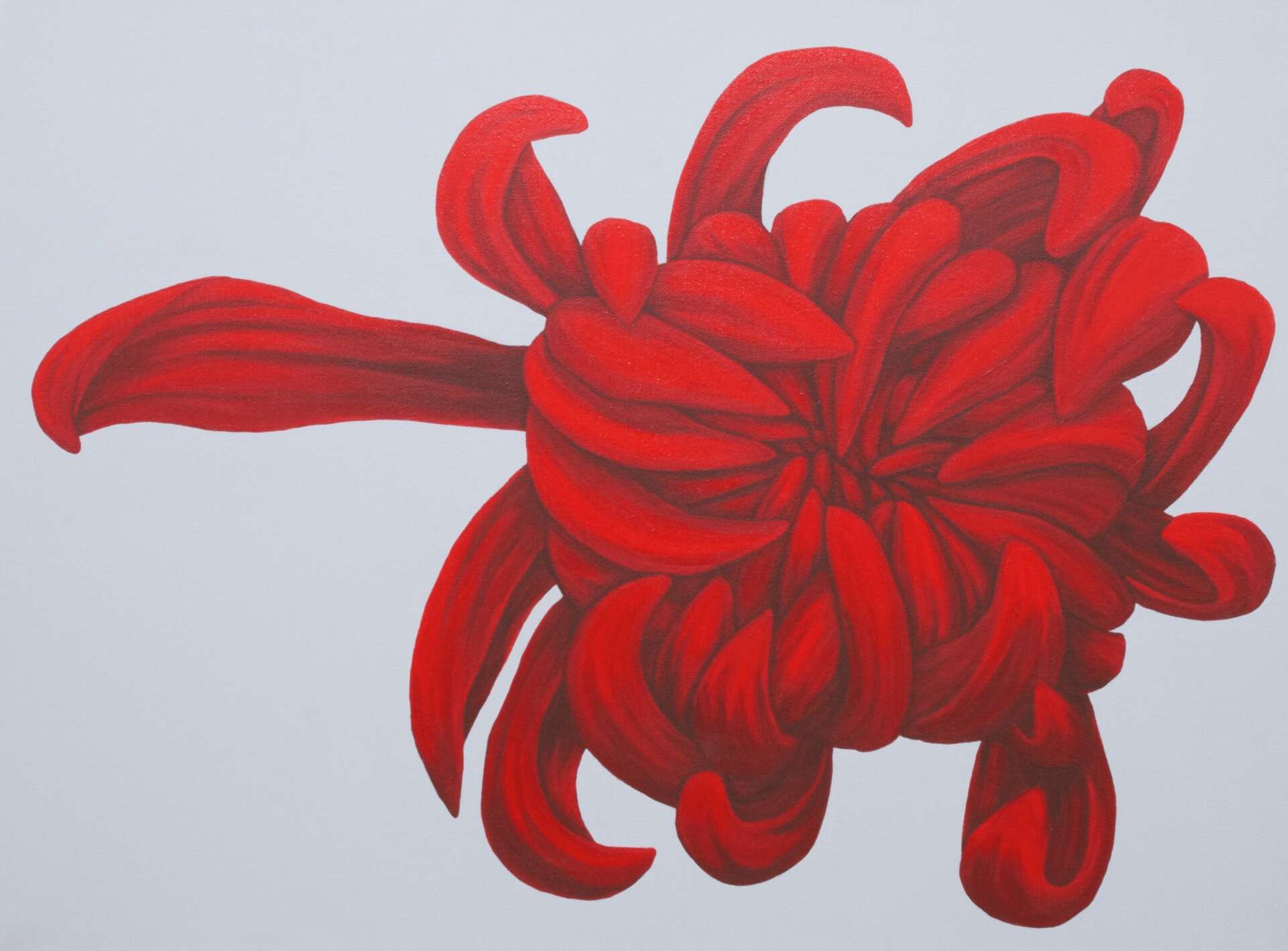

Great, appreciate you sharing that with us. Before we ask you to share more of your insights, can you take a moment to introduce yourself and how you got to where you are today to our readers.
I’m a contemporary American artist known for my striking pop art acrylic paintings and sculptures that focus on iconic objects from American culture. My work delves into the dynamic relationship between appearance and meaning, particularly societal ideas of beauty. I create vibrant, minimalist, and realistic (representational) still-life artworks that draw on childhood memories and nostalgia.
A deep-rooted passion for creativity has been a constant throughout my life. Initially, my professional path led me to a fulfilling career as a Pediatric Nurse Practitioner. However, in 2015, I faced a pivotal decision: continue in a stable, rewarding profession or take a leap of faith into the uncertain world of a full-time art career. Driven by an irresistible urge to pursue my creativity, I decided to go for it. This bold move marked a joy-filled, yet somewhat anxiety-provoking, new chapter in my life. I had no idea that this radical decision would lead to so much fulfillment and happiness. I haven’t regretted it once.
While largely self-taught, I honed my skills further through studies at The Glassell School of Art in Houston. Over the years, I’ve had the privilege of showcasing my work in four solo art exhibitions and participating in numerous juried exhibitions, each experience contributing to my growth as an artist.
The subjects of my pop art acrylic paintings and sculptures are flowers, candies, and toys. These subjects allow me to create artworks that challenge viewers to look beyond surface appearances and question societal standards of beauty and desirability. My pieces often present objects through a lens of nostalgia, cuteness, or unconventional beauty, drawing viewers in and encouraging them to reassess their preconceived notions.
What sets me apart from others is my playful focus on the interplay between appearance and meaning, using familiar objects to explore deeper societal issues. My goal is to create art that resonates on a personal level while also prompting broader reflections on beauty and culture.
I’m passionate about collaborating with collectors, interior designers, and art consultants to create unique pieces that resonate with collectors and enhance the spaces they inhabit.
I’m most proud of the impact my art has had on those who experience it. Hearing from individuals who have found personal meaning in my work is incredibly rewarding and motivates me to continue exploring and pushing the boundaries of my creativity.
Thank you for taking the time to learn about me and my work. I look forward to sharing more of my artistic journey with you.


What’s a lesson you had to unlearn and what’s the backstory?
Business, and life in general, feels like an evolution, filled with bumps, setbacks, successes, and triumphs. One of the biggest lessons I had to unlearn was the myth that if I make great artwork, I will somehow, magically, attract art collectors and galleries. This is the myth of ‘being discovered.’ I think this myth goes hand in hand with the idea that artists shouldn’t promote their own work; that somehow being an artist is separate from being an artist in business.
In my opinion, making art can certainly be a hobby—something done for personal joy, without any need to sell the work. But if an artist wants to be a full-time artist, as I do, then selling the work becomes a very important part of the process. This is nothing to be ashamed of; it does not sully the purity of the art. In fact, treating art creation as a business allows the artist to continue pursuing their creativity, sharing it with those who are interested, and adding joy, controversy, connection, commentary, and more to the world.
I’ve been able to shift my mindset regarding this myth, and it has certainly led to more success in my art career. I’ve learned that reaching out, networking, and connecting with others in art settings for the purpose of learning and exploring has led to more opportunities.
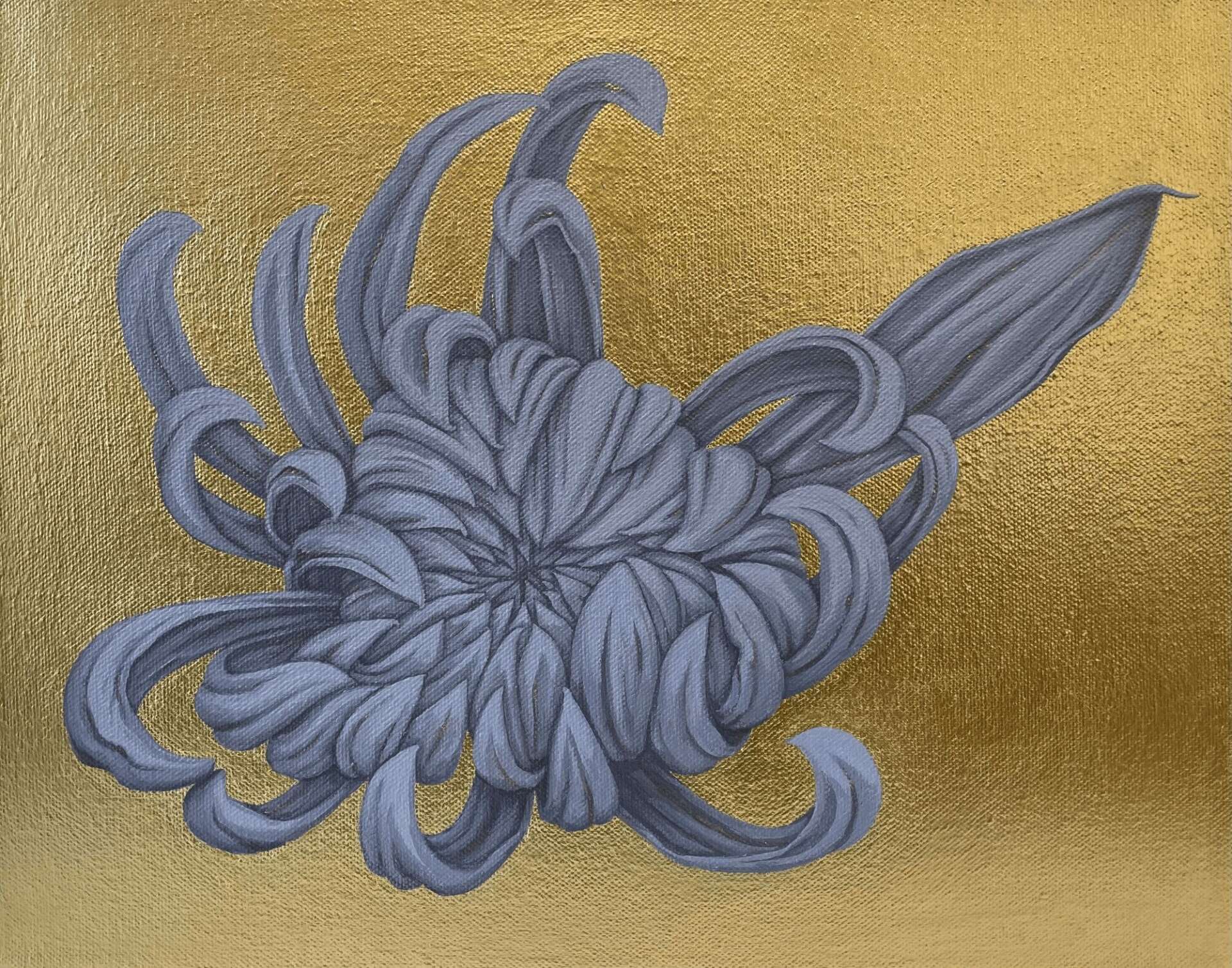

In your view, what can society to do to best support artists, creatives and a thriving creative ecosystem?
I believe society could do much more to support the arts. Art and creativity have a profound impact on our culture and personal growth. They can challenge our perspectives, shape our values, and broaden our horizons. One key area where we could make a difference is in art education. Sadly, not all schools prioritize art classes, and many kids miss out on the chance to explore their creative side. By investing more in art education and making it accessible to everyone, we can help normalize creativity and highlight its importance in our communities. Additionally, increasing funding for the arts and providing accessible resources and spaces would ensure that everyone, regardless of their financial situation, can participate in and enjoy the arts. And let’s not forget about public engagement. Art festivals, public installations, and exhibitions can bring art to the forefront of public consciousness, fostering a deeper appreciation for the arts among people from all walks of life.
Contact Info:
- Website: https://nicciseviervuyk.com
- Instagram: https://www.instagram.com/nicciseviervuyk/
- Facebook: https://www.facebook.com/nicciseviervuyk/
- Linkedin: https://www.linkedin.com/in/nicciseviervuyk/
- Other: https://
https://www.pinterest.com/nicciseviervuyk/


